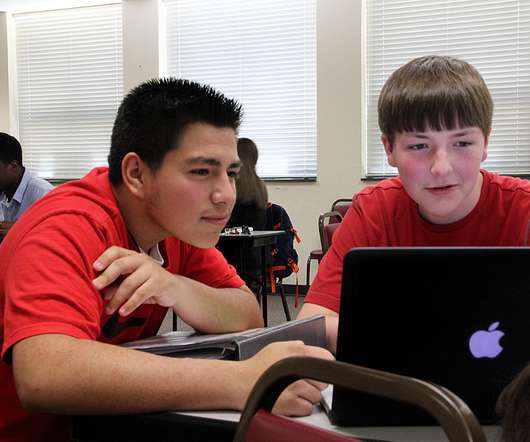As students return to college, a basic question persists: What are they learning?
The Hechinger Report
SEPTEMBER 17, 2018
But will they actually learn anything? Higher education has found itself under increasing pressure to change that, just as has happened in elementary and secondary schools, where a battery of standardized tests constantly check in on what students know. We’ve never really had to demonstrate our learning,” said McCormick.













Let's personalize your content